In 2025, sustainable gardening practices are no longer just a trend; they’ve become essential for homeowners who want to minimize their environmental impact and create eco-friendly backyards. Sustainable gardening involves using methods that protect natural resources, support biodiversity, and reduce waste. Whether you’re looking to cut down on water use, attract beneficial wildlife, or make the most of recycled materials, this guide will help you create a greener, healthier outdoor space.
1. Composting for Rich Soil
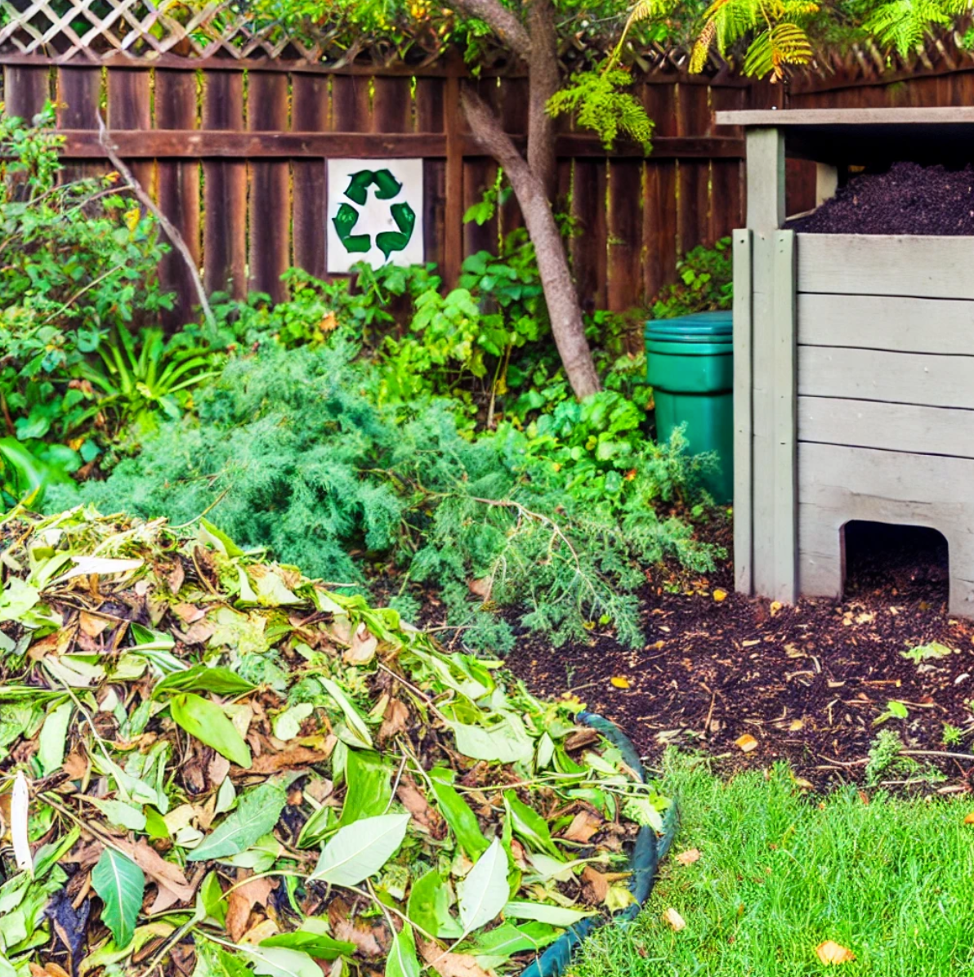
One of the most effective ways to practice sustainability in your garden is through composting. Instead of sending kitchen scraps and yard waste to the landfill, composting transforms these materials into nutrient-rich organic matter that enriches the soil.
- How to Start Composting: Set up a compost bin in a corner of your backyard. Add layers of organic materials like fruit and vegetable scraps, coffee grounds, and yard trimmings. Avoid adding meat, dairy, or processed foods. Turn the compost regularly to speed up the breakdown process.
- Benefits: Composting reduces the need for chemical fertilizers, improves soil structure, and helps retain moisture.
2. Rainwater Harvesting
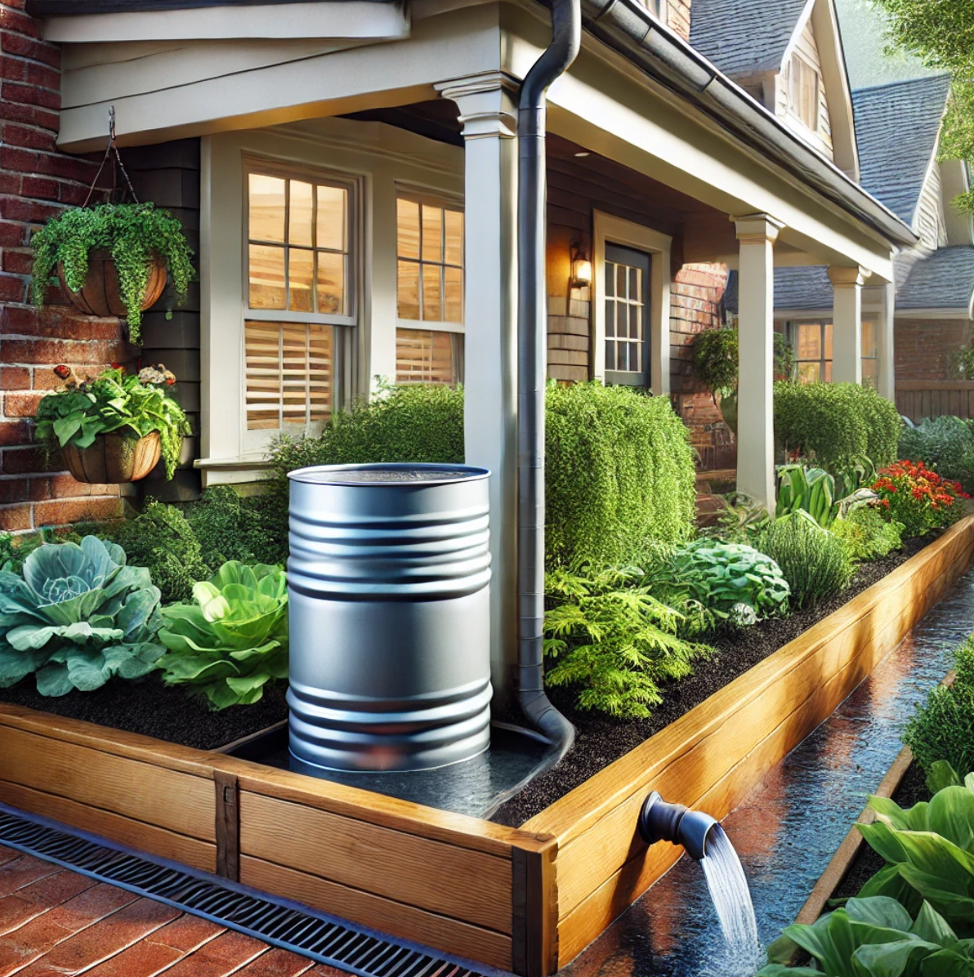
Water conservation is a cornerstone of sustainable gardening. With climate change leading to unpredictable rainfall patterns, collecting and reusing rainwater is an eco-friendly solution.
- How to Harvest Rainwater: Install rain barrels at the base of your gutters to collect rainwater. You can use this water to irrigate your plants during dry periods, reducing your reliance on municipal water.
- Benefits: Rainwater is free of chemicals, chlorine, and other additives found in tap water, making it ideal for plants. It also helps reduce water bills and eases the strain on public water systems during droughts.
3. Native Plant Landscaping

Choosing native plants for your garden is one of the most eco-friendly decisions you can make. Native species are adapted to local climates and soil conditions, meaning they require less water, fertilizer, and pesticides compared to non-native varieties.
- Why Go Native: Native plants support local ecosystems, providing food and shelter for native wildlife like birds, bees, and butterflies. They are also more resilient to local weather conditions, reducing the need for intensive maintenance.
- Examples: In the U.S., popular native plants include black-eyed Susan, purple coneflower, and milkweed, which supports monarch butterflies.
4. Mulching to Save Water and Suppress Weeds

Mulching is an easy and sustainable practice that can drastically improve your garden’s health while reducing your environmental impact. Organic mulch (such as wood chips, straw, or leaves) helps retain soil moisture, suppress weeds, and regulate soil temperature.
- How to Mulch: Spread a 2-3 inch layer of mulch around your plants, making sure to leave space around the base of the plants to prevent rot. Over time, organic mulch breaks down and enriches the soil.
- Benefits: Mulching conserves water, reduces the need for herbicides, and helps build healthy, nutrient-rich soil.
5. Integrated Pest Management (IPM)
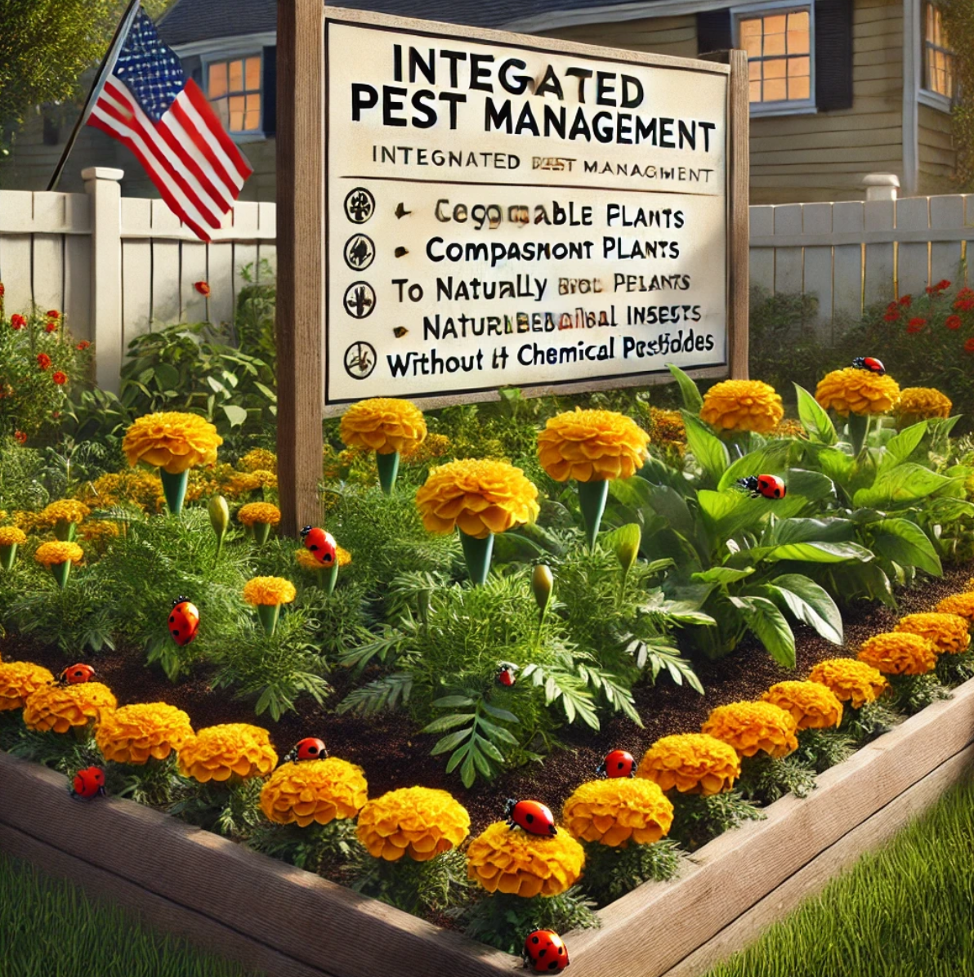
Instead of relying on chemical pesticides that harm beneficial insects and pollute the environment, integrated pest management (IPM) focuses on long-term pest control through natural methods.
- IPM Techniques: Use companion planting to repel pests (e.g., planting marigolds near vegetables to deter aphids), introduce beneficial insects like ladybugs and predatory beetles, and use physical barriers like row covers to protect plants from pests.
- Benefits: IPM reduces the need for harmful chemicals, preserves beneficial insect populations, and leads to healthier, more resilient plants.
6. Creating a Pollinator-Friendly Garden
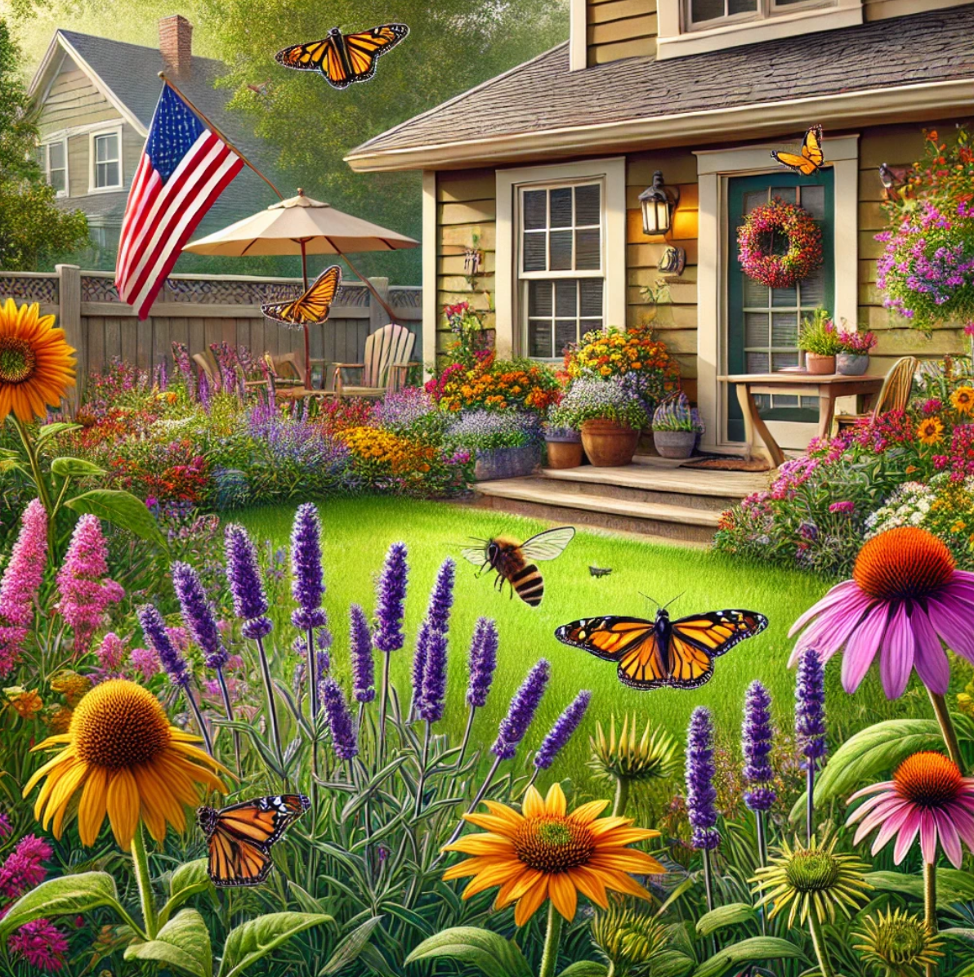
Pollinators like bees, butterflies, and birds play a crucial role in plant reproduction, making them essential for a healthy ecosystem. However, many pollinator populations are in decline due to habitat loss and pesticide use. You can help by designing a garden that attracts and supports pollinators.
- How to Attract Pollinators: Plant a variety of nectar-rich flowers, such as lavender, echinacea, and sunflowers. Avoid using pesticides, and provide water sources like birdbaths or shallow dishes with rocks where pollinators can safely drink.
- Benefits: A pollinator-friendly garden boosts biodiversity, improves plant reproduction, and helps maintain a balanced ecosystem.
7. Xeriscaping for Water Efficiency
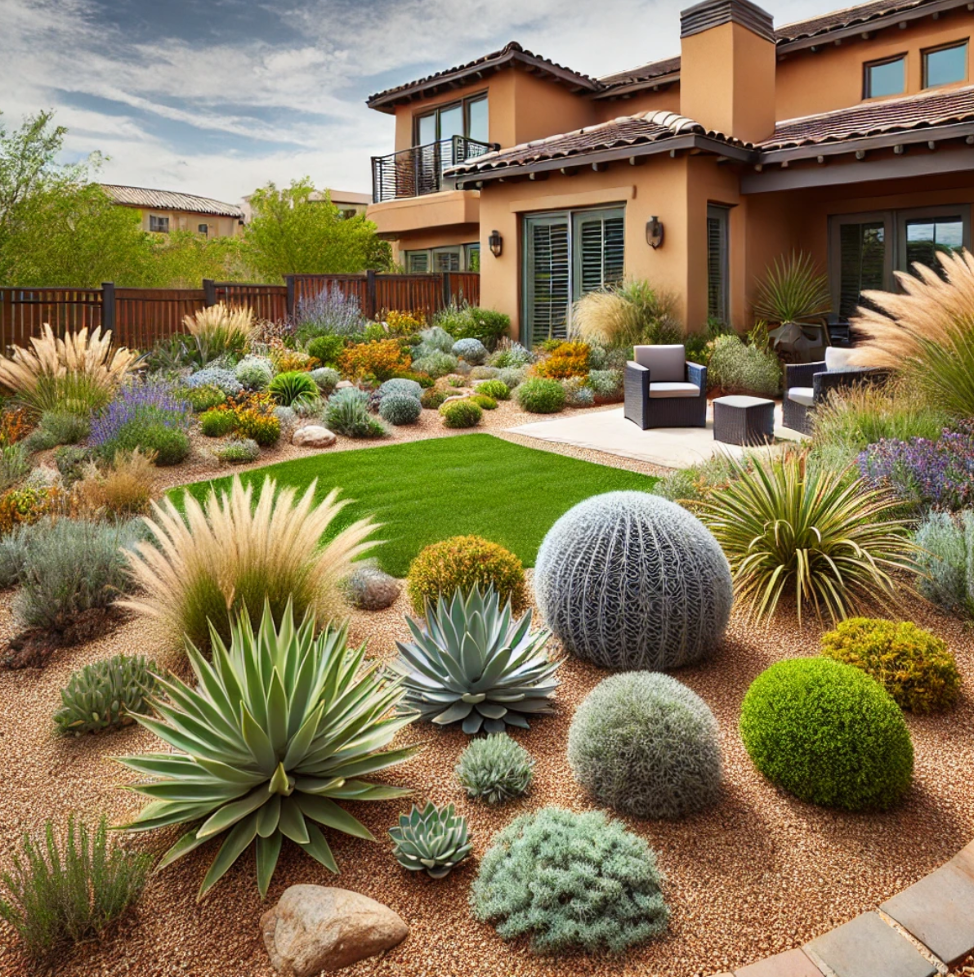
Xeriscaping is a landscaping technique that uses drought-tolerant plants and water-saving designs to reduce water usage. This is especially beneficial for gardeners in dry or drought-prone regions.
- How to Xeriscape: Replace traditional turf grass with drought-resistant ground cover, succulents, and hardy perennials. Group plants with similar water needs together, and use drip irrigation systems to deliver water directly to the roots.
- Benefits: Xeriscaping drastically reduces water consumption, minimizes maintenance, and creates a resilient, low-impact garden.
8. Upcycling and Recycling Garden Materials
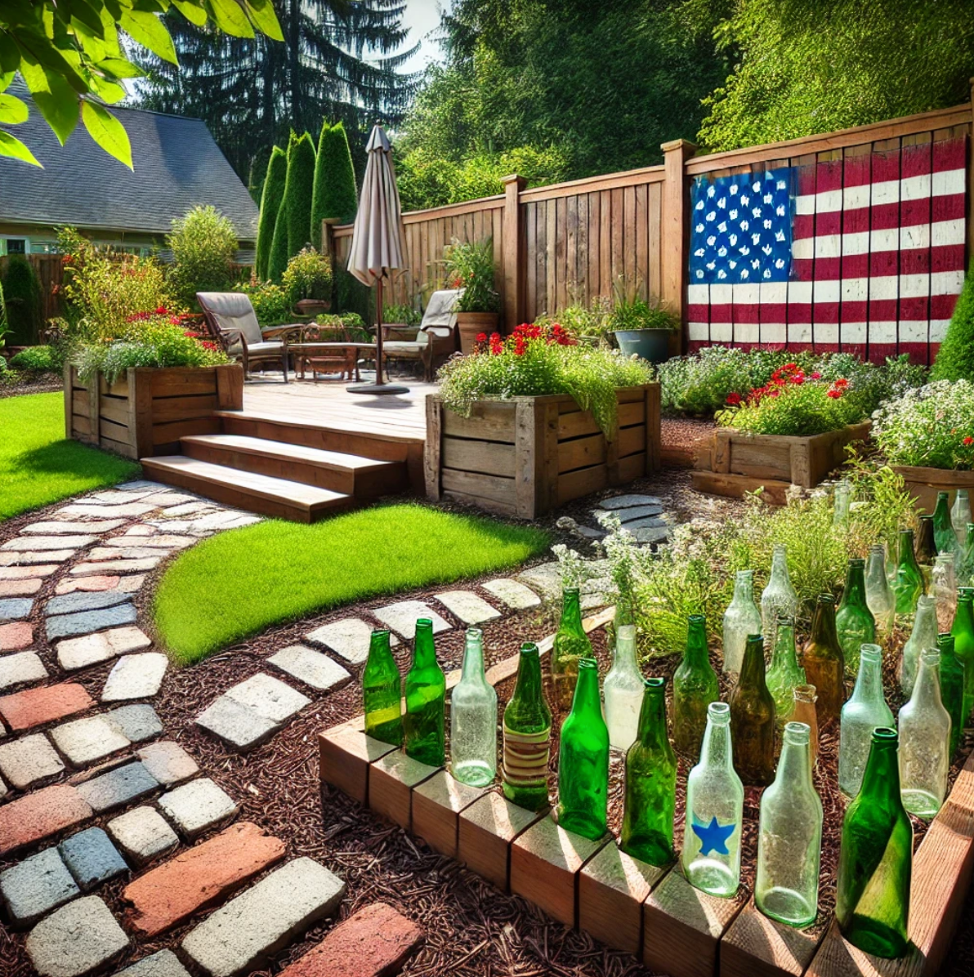
Sustainable gardening isn’t just about plant choices; it also involves being mindful of the materials you use. Upcycling old items and incorporating recycled materials into your garden can reduce waste and add character to your outdoor space.
- Examples of Upcycling: Turn old wooden pallets into garden planters, repurpose glass bottles as edging for flower beds, or use reclaimed bricks to create garden paths.
- Benefits: Upcycling reduces waste, saves money, and adds a unique, personal touch to your garden.
9. Planting Edible Gardens
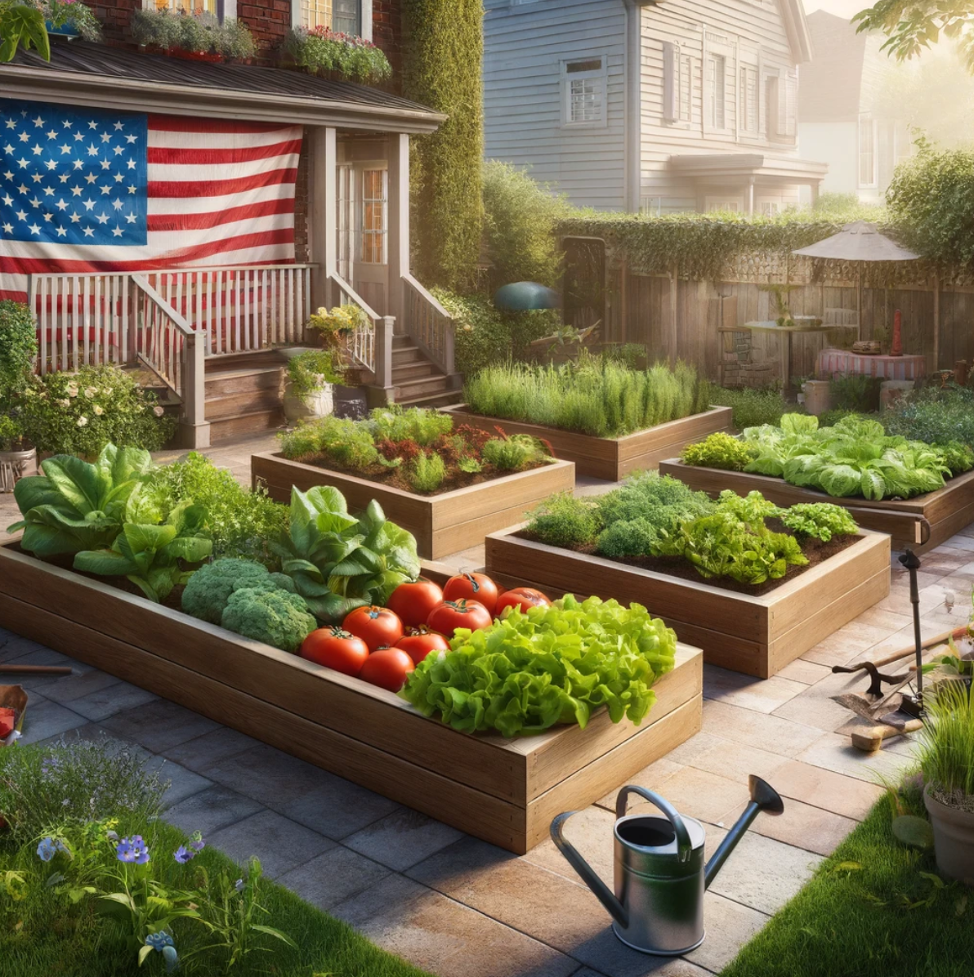
Growing your own food is a highly sustainable practice that reduces your carbon footprint, saves money, and provides you with fresh, organic produce. Edible gardens can be incorporated into any backyard, large or small.
- How to Start: Plant easy-to-grow vegetables like tomatoes, lettuce, and herbs. If space is limited, use containers or vertical gardening techniques to grow crops in compact areas.
- Benefits: Growing your own food reduces the need for store-bought produce, cuts down on packaging waste, and provides fresh, pesticide-free vegetables.
10. Perennial Gardening

Perennials are plants that return year after year, making them a sustainable choice for gardeners looking to reduce replanting and maintenance. Once established, perennials require less water, fertilizer, and care than annual plants.
- Popular Perennials: Consider planting perennials like hostas, daylilies, and ornamental grasses. These plants are often drought-tolerant and require minimal upkeep.
- Benefits: Perennial gardens are low-maintenance, conserve resources, and provide long-lasting beauty.
Conclusion
Sustainable gardening practices not only benefit the environment but also create healthier, more resilient outdoor spaces. By composting, conserving water, using native plants, and avoiding harmful chemicals, you can transform your backyard into an eco-friendly haven that supports local ecosystems and reduces waste. As you implement these practices in your garden, you’ll contribute to a greener future while enjoying a thriving, beautiful outdoor space.

